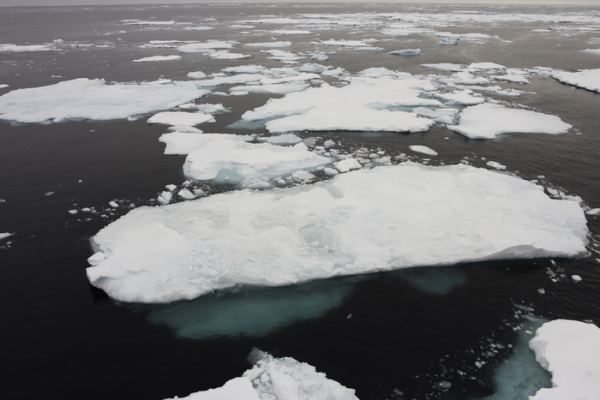Sea ice and wildfires may be more interconnected than previously thought, according to new research out today in Science Advances.
By digging into differences between climate models, researchers from the University of Colorado Boulder and the National Center for Atmospheric Research (NCAR) found that soot and other burned biomass from wildfires here in Colorado and elsewhere in the Northern Hemisphere can eventually make their way to the Arctic. Once there, it can affect how much—or how little—sea ice persists at any given time.
This, in turn, can cause ripple effects on climatic patterns for the rest of the globe, reinforcing a feedback loop between the two systems in a way that hasn’t been previously seen.
“This research found that particles emitted from wildfires where people live can really impact what happens in the Arctic thousands of miles away,” said Patricia DeRepentigny (PhDAtmos’21), the lead author on the paper and a postdoctoral fellow at NCAR.
Read more at: University of Colorado at Boulder
Arctic sea ice floats in the Arctic Ocean (Photo Credit: Patricia DeRepentigny)


